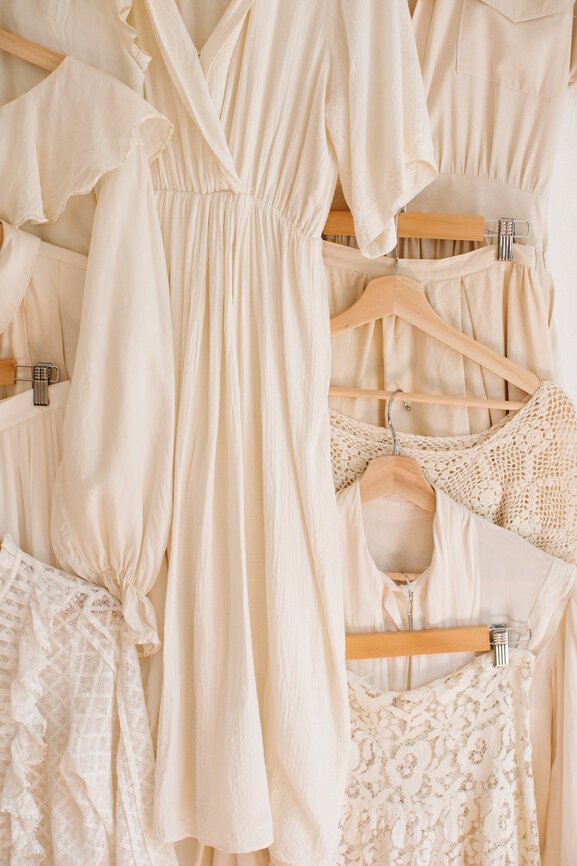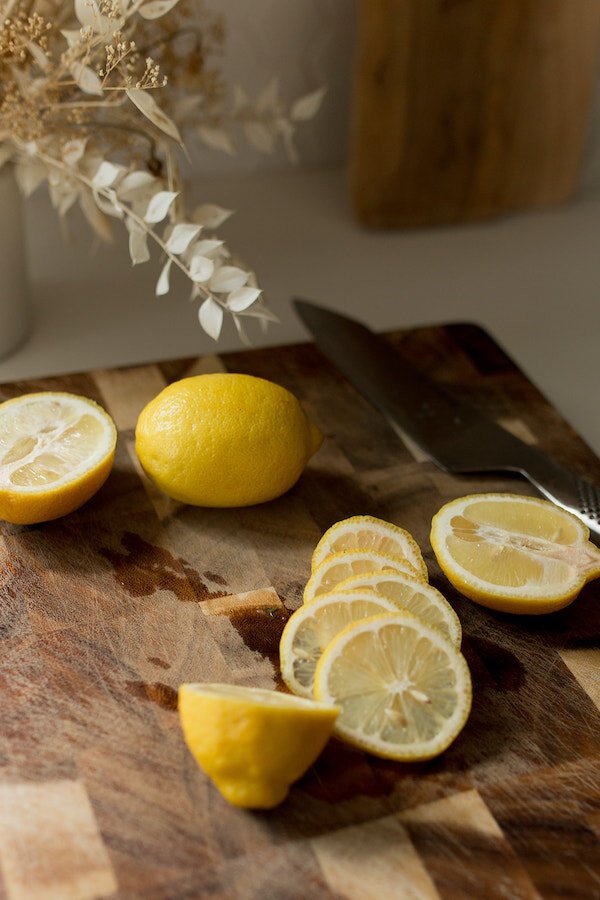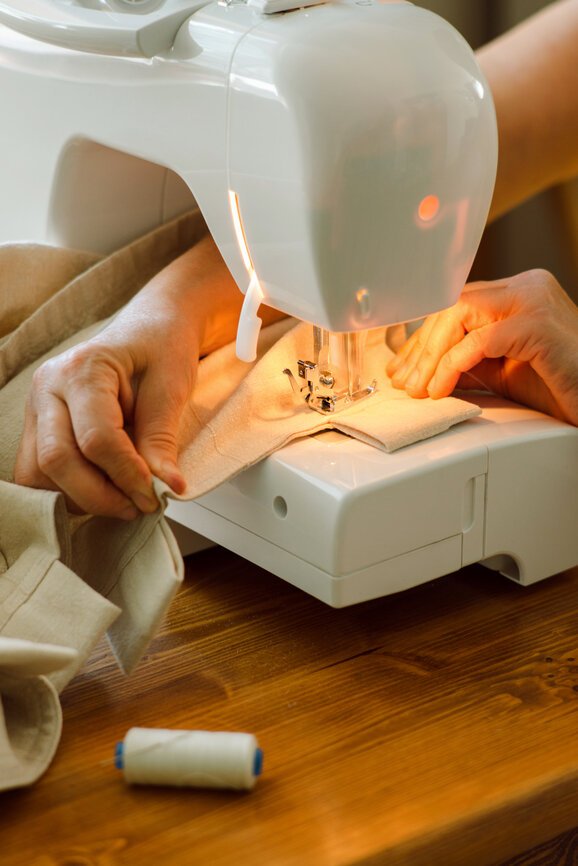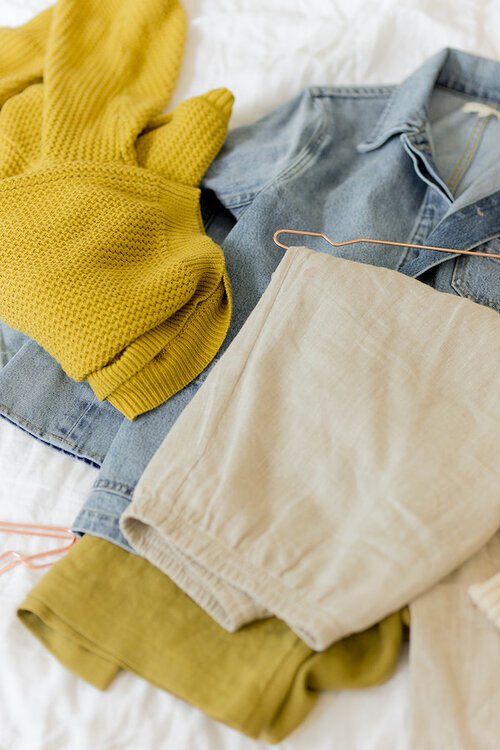
How To Hand Wash And Dry Clean Your Clothes At Home
Long Live Our Clothes
I didn’t think too much about how I washed my clothing until I went to college. Before then, I simply threw my garments in the washer and hoped for the best. But when studying for my degree in costume design, I learned about the importance of taking care of clothing, and I gained a deep respect for how things are made.
Costume designers are incredibly resourceful, and over several years, I’ve learned more than a few tips and tricks for extending the life of clothing—including the benefits of properly cleaning and washing garments.
For starters, hand washing and dry cleaning our clothes can increase our wardrobe’s longevity. (After all, not everything can be tossed in the wash.) Making our clothing last is one of the best ways we can practice sustainability and care for our garments. Plus, putting together an outfit is that much more satisfying when we know the work it takes to maintain it.
“Making our clothing last is one of the best ways we can practice sustainability and care for our garments.”
If you’re looking to hand wash or dry clean your clothing at home, here are a few tips for getting started.
How to Hand Wash Your Clothes
“Cold water uses far less energy and guarantees that colors won’t run as much.”
Unless you have a fancy washing machine specifically programmed for efficient water usage, hand washing is always a more environmentally friendly option. To ensure that you’re staying sustainable, wash with cold water and use an eco-friendly detergent. Cold water uses far less energy and guarantees that colors won’t run as much. Still, if you have naturally dyed pieces or colored garments that you’re washing for the first time, be safe and wash them separately. As for detergent, I personally love Dr. Bronners’ Pure Castile Liquid Soap because it’s great for multi-purpose material, but any natural powder or liquid detergent works.
Read the care label closely. While most items can be hand-washed, it’s always smart to consult the care label before laundering. If you’re working with a vintage item without a care label or still aren’t sure after reading one, test your detergent out on a small, inconspicuous spot to make sure the fabric won’t lose color, shrink, or warp.
Pre-treat stains by using a natural stain remover, letting a small bit of detergent sink in, or soaking the stain in a nontoxic enzyme spray like this one from Swanson Vitamins.
Fill your sink with cold water. Some people have plastic tubs specifically for hand washing, but your sink works great, too. Don’t forget to clean the basin beforehand, as residue will make it onto your clothing—especially lighter pieces.
Add detergent and submerge clothing, then swish the garments around, gently rubbing the fabric together to loosen up stains and release bacteria.
Rinse each garment after letting them soak. Depending on how dirty your items are, you’ll want to soak them for 10 minutes to an hour, or even overnight for delicates.
Squeeze, don’t wring out the water! Although it’s tempting to twist garments like you would an old rag, it stretches and damages the fabric. Other guides advise hand washers to press items against the sink basin to push the water out. You can watch a video tutorial for this step here.
Lay flat or hang to dry, depending on the care label and the materials of your piece. For example, knits should be laid flat as they can become misshapen from hanging. Either way, I highly recommend investing in a drying rack for your hand-washed garments and delicates that can’t go in the dryer.
How to Dry Clean Your Clothes At Home
Traditional dry cleaning can be incredibly harmful; from the packaging waste to toxic chemicals, it can be a hazard to the environment and your health. For these reasons, I switched to a green dry cleaner a few years ago. Little did I know, I could have been tackling this chore myself at home!
Dry cleaning is actually not completely dry; it just means your garments aren’t submerged in water and soap. It’s a lot less complicated than it sounds—you only need homemade spray, a clothing brush or a steamer, and you’re ready to DIY dry clean.
Steam Your Garments
“Steam will kill bacteria, removing odors and wrinkles in the process.”
One way you can dry clean your garments is by steaming them. You’ll need a portable steamer or you can hang your clothing in the bathroom while you take a hot shower. The steam will kill bacteria, removing odors and wrinkles in the process! For the best cleaning results, use distilled water and rinse the container with warm white vinegar after each use to prevent mildew.
Steaming works particularly well for freshening up pieces in between washes or bulky items like large duvets and couch cushions. As with any laundering, check the care label for a warning against steaming or ironing and treat delicate fabrics, well, delicately.
Brush Your Garments
Another option is to go old-school with a clothes brush. We usually think of the modern equivalent of this to be a lint roller, but nothing gets dirt and dust off high-quality pieces like a clothes brush. This method works best for investment pieces like wool or cashmere. The trick is to remain light with your strokes, never scrub the fabric. Use “a strong sweeping motion or a firm flick of your wrist on areas where dust has accumulated,” instructs The Butler’s Closet. You can also freshen up clothes with a slightly damp brush. (Or just watch the video if you’d like to feel like you’re living in Downton Abbey.)
Spray Your Garments
If you’re looking for a deeper clean, using a homemade spray is the best strategy. Some suggest making a vodka spray (rubbing alcohol works too) to kill bacteria on dirty clothing, while this DIY blogger has a thorough process for disinfecting dry clean-only items. She suggests mixing one tablespoon of liquid detergent with 1 1/4 cups of water in a spray bottle. Then, lightly spray any stains and mist the rest of the garment. Take the barely damp items to the dryer, running it on low or no heat for about 15 minutes, or until no longer damp. If you’re working with a delicate piece, slip it in a clean pillowcase before using the dryer. No matter the item, keep a close eye on the machine to ensure nothing shrinks!
How else do you increase the longevity of your clothing? Share in the comments below!
Audrey Stanton was born and raised in the Bay Area and is currently based in Los Angeles. She works as a freelance writer and content creator with a focus in sustainable fashion. Audrey is deeply passionate about conscious living and hopes to continue to spread awareness of ethical consumption.




